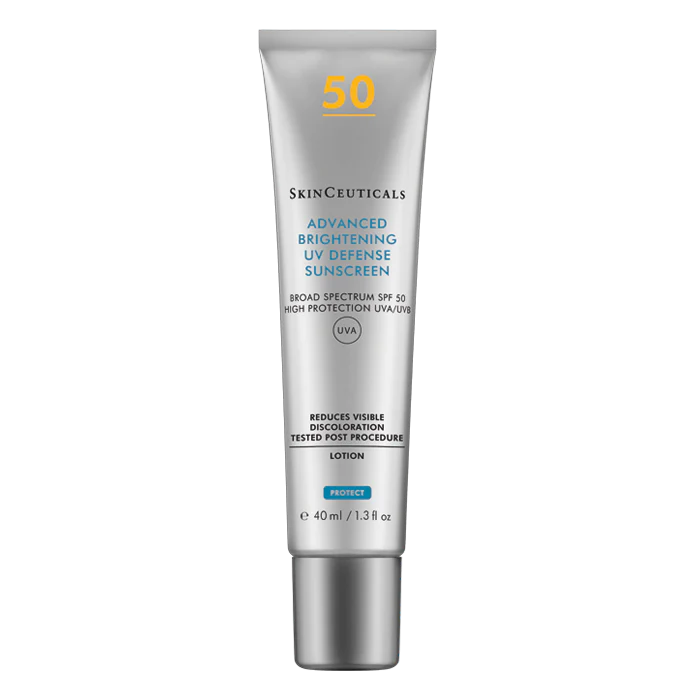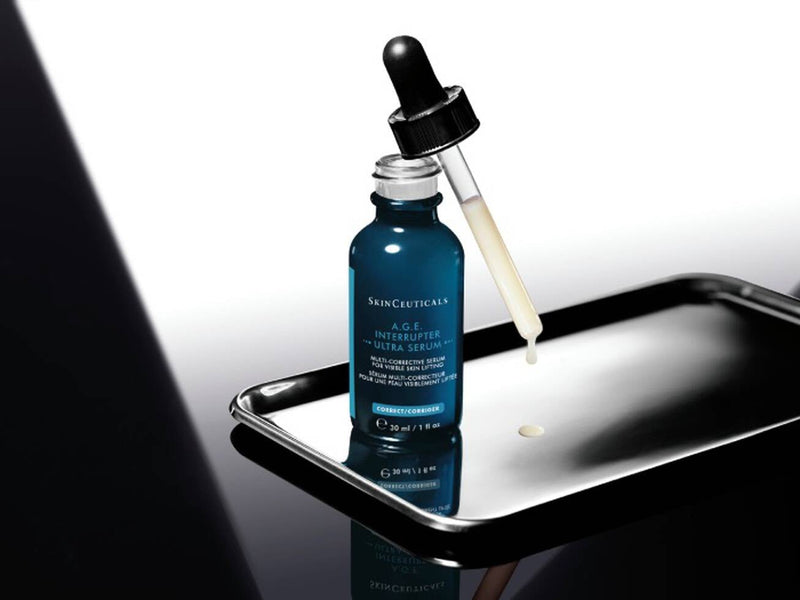What Cortisol Was Designed For
Cortisol evolved as a survival hormone.
In the earliest humans, its purpose was simple and life-saving: to help us react quickly to threat and then return to balance once danger passed.
Produced by the adrenal glands and directed by the brain’s hypothalamus, cortisol mobilised energy when it was needed most — during hunger, injury, infection, or physical danger.
It:
-
Released glucose into the bloodstream for instant energy.
-
Raised blood pressure to enhance oxygen delivery to muscles.
-
Suppressed non-essential systems like digestion and reproduction to conserve energy.
-
Reduced pain and inflammation long enough for escape or defence.
After the threat passed, the body’s natural feedback system lowered cortisol, allowing the parasympathetic nervous system to restore calm.
This rhythmic balance — activation, response, recovery — was the foundation of human resilience for thousands of years.
The Modern Disruption
In today’s world, the body still produces cortisol as if every stress were life or death — but now the threats rarely end.
Traffic, deadlines, financial pressure, screens, social comparison, disrupted sleep, and processed food all act as micro-stressors.
Each one triggers the same ancient biochemical alarm, but without the physical release that once completed the cycle.
Modern stress is psychological and repetitive, not physical and brief.
The result is chronic cortisol activation — high enough to cause harm, low enough to go unnoticed until symptoms appear.
What’s Happening in Today’s Body
-
The Brain
The brain’s alarm system — the hypothalamic-pituitary-adrenal (HPA) axis — remains switched on.
The hippocampus, responsible for memory and regulation, becomes overstimulated and fatigued.
Focus fades; anxiety increases; sleep becomes fragmented.
-
The Immune System
Prolonged cortisol suppresses immune defence at first, then triggers rebound inflammation.
Autoimmune issues, chronic fatigue, and inflammatory skin disorders become more common.
-
Hormones
Constant stress disrupts the delicate balance of reproductive and thyroid hormones.
Fertility, menstrual health, and metabolic stability all decline as cortisol dominates the chemical landscape.
-
The Skin
Cortisol weakens the barrier, delays wound healing, and breaks down collagen — producing visible signs of accelerated ageing.
Clients often describe their skin as “tired” or “dull,” reflecting deeper cellular exhaustion.
-
The Energy System
Mitochondria — the body’s energy producers — become overworked and damaged.
ATP output falls, leading to fatigue, brain fog, and poor resilience after illness or treatment.
The Modern Paradox
Cortisol was designed to save our lives, not run them.
It should rise with daylight, prepare the body for focus and movement, then fall gently at night.
But in modern life, artificial light, constant stimulation, and emotional strain mean the “off switch” rarely engages.
We live as if permanently chased — by thoughts instead of predators.
This mismatch between ancient biology and modern pace is one of the key drivers of inflammageing, burnout, and hormonal imbalance seen across modern health and aesthetics.
Restoring Rhythm
The solution lies in re-establishing the natural daily curve of cortisol:
-
Morning light exposure sets the brain’s clock and healthy cortisol rise.
-
Regular meals stabilise blood sugar, preventing spikes and crashes.
-
Movement helps metabolise cortisol through the muscles.
-
Evening calm — dim light, breathwork, warm baths — signals the body to turn production down.
-
Sleep completes the cycle, allowing repair and growth hormones to take over.
In functional medicine, we call this stress hygiene — training the body to respond and recover, not simply react.
In Summary
Cortisol’s history is one of protection and precision.
It was never meant to be the enemy — only the messenger.
When regulated, it gives us clarity, focus, and resilience.
When left unchecked, it becomes the slow burn that erodes energy, mood, and skin vitality.
Modern wellness is not about erasing stress but about relearning rhythm — allowing the body to do what it was always designed to do: rise, respond, and rest.



















































